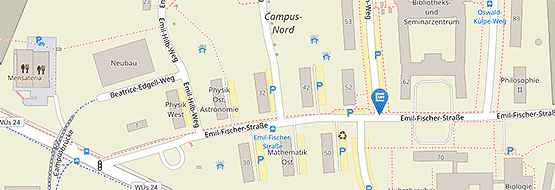Machine Learning for Cyber Security & Fraud Detection
In the field of cyber security and fraud prevention, our research at the Chair focuses on developing machine learning-based approaches for anomaly detection. Our primary focus lies in developing and utilizing machine learning algorithms to detect anomalies and suspicious activities in network security, host-based security and fraud detection in enterprise resource planning (ERP) systems. We aim to identify potential vulnerabilities and threats within these systems, enabling proactive measures to ensure data and system integrity.
Projects
Concluded Projects
-
DeepScan - Machine Learning for automatic detection of security relevant events and fraud.
Publications
-
Generative Inpainting for Shapley-Value-Based Anomaly Explanation. . In The World Conference on eXplainable Artificial Intelligence (xAI 2024). 2024.
-
Feature relevance XAI in anomaly detection: Reviewing approaches and challenges. . In Frontiers in Artificial Intelligence, 6. 2023.
-
Evaluating feature relevance XAI in network intrusion detection. . In The World Conference on eXplainable Artificial Intelligence (xAI 2023). 2023.
-
Occupational Fraud Detection through Agent-based Data Generation. . In The 8th Workshop on MIning DAta for financial applicationS MIDAS 2023. 2023.
-
Open ERP System Data For Occupational Fraud Detection. . In arxiv. 2022.
-
Detecting Anomalies in Transaction Data. Technical Report (PhD dissertation), . . PhD dissertation. Universität Würzburg, 2022.
-
Towards Explainable Occupational Fraud Detection. . In Machine Learning and Principles and Practice of Knowledge Discovery in Databases. ECML PKDD 2022, Communications in Computer and Information Science(1753), pp. 79–96. 2022.
-
Malware detection on windows audit logs using LSTMs. . In Computers & Security, 109, p. 102389. 2021.
-
A financial game with opportunities for fraud. . In 2021 IEEE Conference on Games (CoG), pp. 1–5. 2021.
-
A financial game with opportunities for fraud. . In IEE COG 2021, 2021. 2021.
-
Evaluation of Post-hoc XAI Approaches Through Synthetic Tabular Data. . In Foundations of Intelligent Systems, D. Helic, G. Leitner, M. Stettinger, A. Felfernig, Z. W. Raś (eds.), pp. 422–430. Springer International Publishing, Cham, 2020.
-
Financial Fraud Detection with Improved Neural Arithmetic Logic Units. . Vol. Fifth Workshop on MIning DAta for financial applicationS. 2020.
-
Flow-based network traffic generation using Generative Adversarial Networks. . In Computers & Security, 82, pp. 156–172. 2019.


